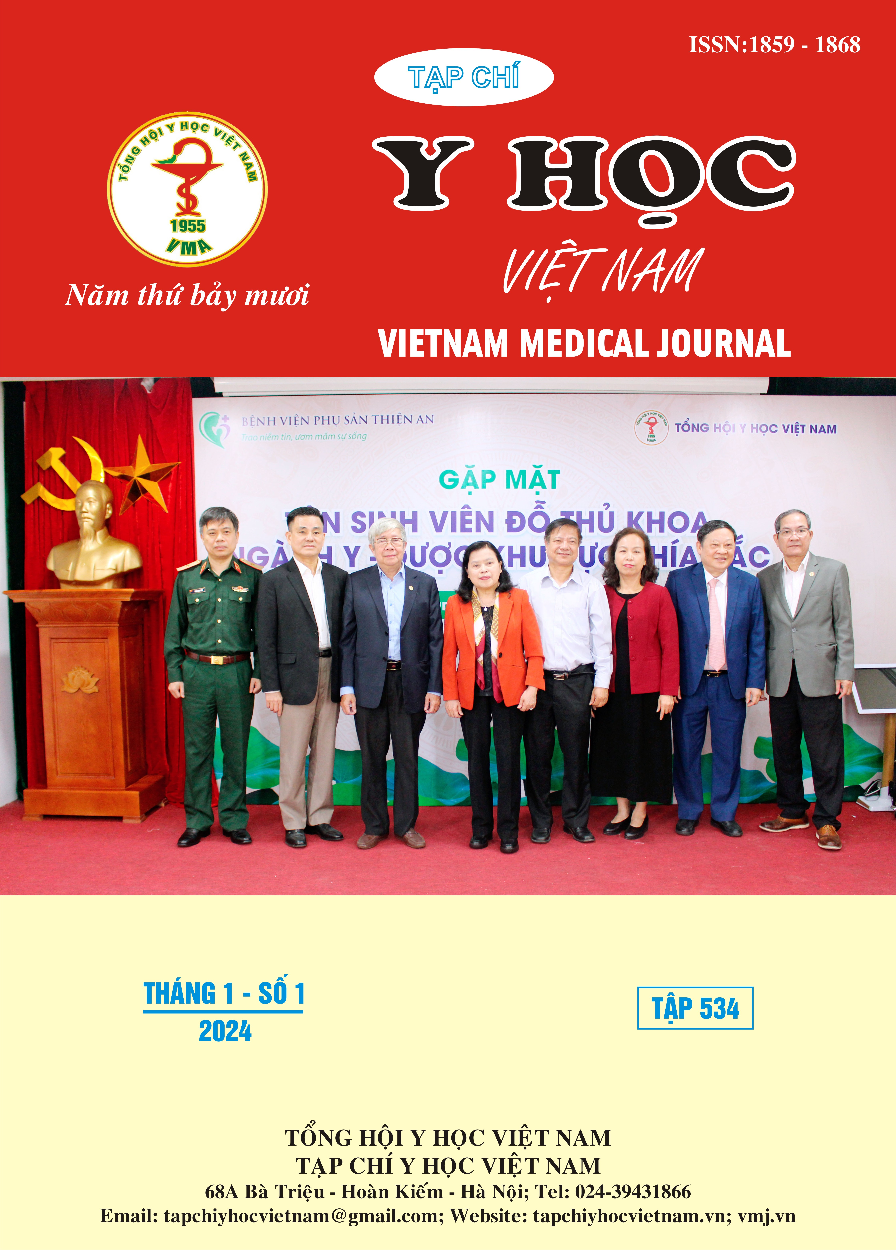ANALYSIS OF NUTRITIONAL CONSUMPTION CHARACTERISTICS OF ATHLETES AND SWIMMERS AT THE EARLY PREPARATION PHASE
Main Article Content
Abstract
Objective: The study aims to assess the total energy intake of national athletic athletes and swimmers, evaluate the proportions of macronutrients consumed, and identify the micronutrients provided. Subjects and methods: Cross-sectional descriptive study with analysis. This research aims to evaluate the nutritional intake, both macronutrients and micronutrients, of athletics teams in sprint, jump, and throw events (2 men, 3 women), as well as the sprint and medium-distance swimming team (3 men, 2 women). The study employed a combination of food weighing and measurement methods for three main meals (breakfast, lunch, and dinner) and used interviews to evaluate side meals and supplementary foods. Energy consumption was calculated over the first 10 days of the general preparation period. A small scale was used to weigh daily cooked food, which was categorized for individual weighing. Vietnam Eiyokun software, a collaborative project between the Ho Chi Minh City Nutrition Center and three Japanese universities (Shishoku University, Women's University, and Tokushima University), was employed to calculate the total energy from macronutrients and micronutrients. Results: During the general preparation phase, swimmers had an average total energy consumption of 4653.1 kcal with a standard deviation of 412.4 kcal. Their average protein, fat, and carbohydrate intakes were 3.9 g/kg/day (SD = 0.6), 3.4 g/kg/day (SD = 0.8), and 10.2 g/kg/day (SD = 1.8), respectively. For the athletics team, the average total energy intake was 2723.9 kcal, with a standard deviation of 582.4 kcal. The average protein, fat, and carbohydrate intakes were 1.776 g/kg/day (SD = 0.394), 1.5 g/kg/day (SD = 0.446), and 4.3 g/kg/day (SD = 1.064), respectively. Conclusion: there was significant variability in these indices, especially those with high standard deviations and variance, underscoring the need for personalized nutritional and training programs for each athlete.
Article Details
References
2. Jisu Jung; Monica Nour; Margaret Allman-Farinelli; Judy Kay; "Harnessing The "ambience" of The Mobile-phone Lockscreen for Ultra-lite Logging", Proceedings Of The 29th Australian Conference On..., 2017.
3. Jisu Jung; Lyndal Wellard-Cole; Colin Cai; Irena Koprinska; Kalina Yacef; Margaret Allman-Farinelli; Judy Kay; "Foundations for Systematic Evaluation and Benchmarking of A Mobile Food Logger in A Large-scale Nutrition Study", Proceedings Of The Acm On Interactive, Mobile, Wearable And..., 2020.
4. Papadopoulou SK, Xyla E, Gramma-tikopoulou M, et al. Nutrition intakes and practices of marathon swimmersBritish Journal of Sports Medicine 2011;45:e1.
5. Hawley JA, Williams MM. Dietary intakes of age-group swimmers. Br J Sports Med. 1991 Sep;25(3):154-8. doi: 10.1136/bjsm.25.3.154. PMID: 1777785; PMCID: PMC1478842.
6. Vallières, F., Tremblay, A., & St-Jean, L. (1989). Study of the energy balance and the nutritional status of highly trained female swimmers. Nutrition Research, 9(7), 699-708. https://doi.org/10.1016/S0271-5317(89)80013-2
7. Hoogenboom BJ, Morris J, Morris C, Schaefer K. Nutritional knowledge and eating behaviors of female, collegiate swimmers. N Am J Sports Phys Ther. 2009 Aug;4(3):139-48. PMID: 21509109; PMCID: PMC2953338.
8. Sygo J, Kendig Glass A, Killer SC, Stellingwerff T. Fueling for the Field: Nutrition for Jumps, Throws, and Combined Events. Int J Sport Nutr Exerc Metab. 2019 Mar 1;29(2):95-105. doi: 10.1123/ijsnem.2018-0272. Epub 2019 Mar 13. PMID: 30676152.


